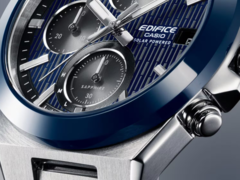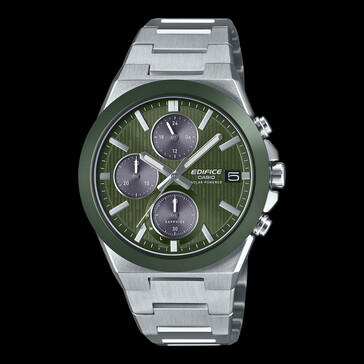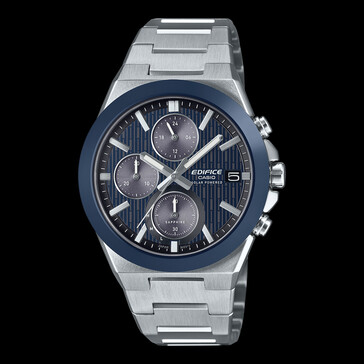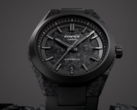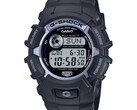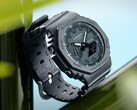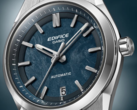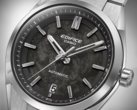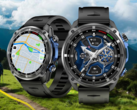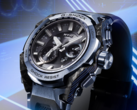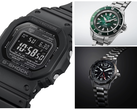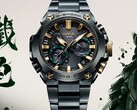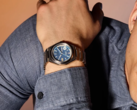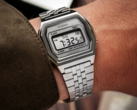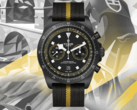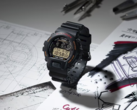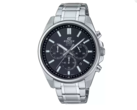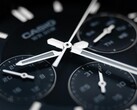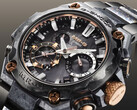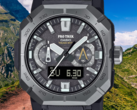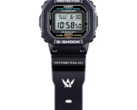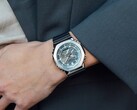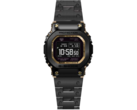Casio has quietly moved the new Edifice EFS-S650 line another step closer to storefronts, posting two of the three solar-powered chronographs to its UK website. The listings for the navy-blue EFS-S650D-2A and British-racing-green EFS-S650D-3A give us our first set of official product images and confirm the key specifications that leaked earlier in June. Take a look at them below:
| Case Size | 46.7 × 40.9 × 11.7 mm |
| Weight | 140 g (full stainless-steel bracelet) |
| Materials | Stainless-steel case & bracelet, ceramic bezel insert (a first for Edifice) |
| Crystal | Sapphire with inner anti-reflective coating |
| Movement | Tough Solar quartz chronograph, 1-s stopwatch, date |
| Water-resistance | 100m |
| Power reserve | ~5 months from full charge (no light) |
| UK Price | £209 (both colorways, "Notify Me" status) |
Casio is sticking with an integrated-bracelet silhouette, but swaps the usual aluminum bezel for a polished ceramic ring. The change not only bumps scratch resistance but also lets the bezel color match the dial: midnight blue for the 2A, deep emerald for the 3A. Each dial carries a fine vertical stripe pattern, three recessed sub-dials and slim luminous hands. Given the power requirements of a chronograph, it's a clever trick that solar panels are positioned beneath the indexes to keep the design uniform and opaque rather than semi-transparent.
Functionally, the S650 is still a straightforward everyday chronograph: 1-second stopwatch (up to 29:59), date at three o’clock, battery-level indicator and low-charge alert. Casio cites ±20 sec/month accuracy and a 100-m water rating, making the watch safe for swimming but not diving.
The Edifice EFS-S650DC-1A – black case/bracelet with grey dial – is absent from the UK catalogue for now, which could imply a staggered regional roll-out. With the standard stainless models already priced at £209, we can expect the ion-plated version to land slightly higher when it finally shows up.
Neither listing has an in-stock date, but Casio typically flips "Notify Me" to "Add to Cart" within a few weeks of publication. If history is any indication, European deliveries could begin before the end of summer, with Asia and North America following shortly after.




